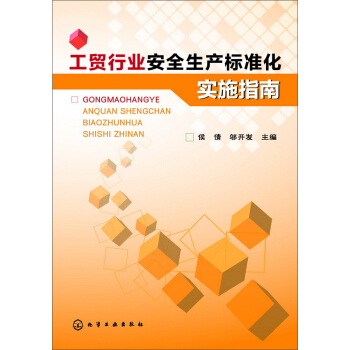![國外生命科學優秀教材:細胞世界(影印版) [The World of the Cell]](https://pic.tinynews.org/10925709/5398fccfNf31ca4d8.jpg)

具體描述
內容簡介
《國外生命科學優秀教材:細胞世界(影印版)》由美國威斯康星大學、密歇根大學4位教授閤作編寫,在世界上享有盛譽,是細胞生物學學科經典教材之一。《細胞世界(影印版)》在專業教材銷售排行榜長期名列前茅,讀者評價較高,並被許多北美、歐洲高校教學選用。《國外生命科學優秀教材:細胞世界(影印版)》編寫內容全麵、理念先進,並具有鮮明的教學使用特色——適當的深度與簡明性、藝術化教學、多層次解答問題、力求精準的概念闡述、為提高教學與學習效率而設計的諸多輔助學習內容。第七版主要內容涵蓋:生物信息、生物能、代謝、酶動力學、熱力學、細胞膜、細胞信號、代謝調控、轉錄與翻譯、信號傳導、DNA復製與重組。第七版新增瞭RNA乾擾、新興的分子生物技術、一些領域的前沿進展等內容。
《國外生命科學優秀教材:細胞世界(影印版)》適閤生命科學相關專業教學選用,也可供從業人員參考使用。
作者簡介
Wayne M. Becker,taught cell biology at theUniversity of Wisconsin-Madison, for 30 yearsuntil his recent retirement. His interest in text-book writing grew out of notes, outlines, andproblem sets that he assembled for his students,culminating in Energy and the Living Cell,a paperback text on bioenergetics published in1977, and The World of the Cell, the first editionof which appeared in 1986. He earned all hisdegrees at the University of Wisconsin-Madison. All threedegrees are in biochemistry, an orientation that is readily dis-cernible in his textbooks. His research interests have been in plantmolectflar biology, focused specifically on the regulation of theexpression of genes that encode enzymes of the photorespiratorypathway. His interests in teaching, learning, and research havetaken him on sabbatical leaves at Harvard University, EdinburghUniversity, the University of Indonesia, the University of PuertoRico, Canterbury University in Christchurch, New Zaland,the Chinese University of Hong Kong, and the Charles Universityin Prague. His honors include a Chancellor's Award for Distin-guished Teaching, Guggenheim and Fulbright Fellowships, and aVisiting Scholar Award from the Royal Society of London.Lewis J.Kleinsmith,is an ArthurE Thurnau Professor Emeritus of Molecular,Cellular, and Developmental biology at theUniversity of Michigan, where he has servedon the faculty since receiving his Ph.D. fromRockefeller University in 1968. His teachingexperiences have involved courses in intro-ductory biology, cell biology, and cancerbiology, and his research interests haveincluded studies of growth control in cancer cells, the role of protein phosphorylation in eukaryotic gene regulation, andthe control of gene expression during development. Amonghis numerous publications, he is the author of Principles ofCancer Biology as well as several award-winning educationalsoftware programs. His hnors include a Guggenheim Fel-lowship, the Henry Russell Award, a Michigan DistinguishedService Award, citations for outstanding teaching from theMichigan Students Association, an NIH Plain LanguageAward, and a Best Curriculum Innovation Award from the EDUCOM Higher ,Education Software Awards Competition.
Jeff Hardin is a Professor in theZoology Department at the University ofWisconsin-Madison. His research interestscenter on how cells migrate and adhere toone another to change the shape of animalembryos. Dr. Hardin's teaching is enhancedby his extensive use of videomicroscopy andhis Web-based teaching materials, which areused on many campuses in the UnitedStates and other countries. As part of his interest in teachingbiology, Dr. Hardin has been involved in several teachinginitiatives. He was a founding member of the University of Wisconsin Teaching Academy and a cofounder of a Univer-sity of Wisconsin system-wide instructional technologyinitiative known as BioWeb. He is currently faculty directorof the Biology Core Curriculum, a four-semester honorsbiology sequence for undergraduates. His teaching awardsinclude a Lily Teaching Fellowship and a National ScienceFoundation Young Investigator Award. He is also on theeditorial board of CBE: Life Sciences Education.
內頁插圖
目錄
About the Authors iiiPreface v
Acknowledgments
Detailed Contents xv
1 A Preview of the Cell
2 The Chemistry of the Cell
3 The Macromolecules of the Cell
4 Cells and Organelles
5 Bioenergetics: The Flow of Energy in the Cell
6 Enzymes: The Catalysts of Life
7 Membranes: Their Structure, Function,and Chemistry
8 Transport Across Membranes:Overcoming the Permeability Barrier
9 Chemotrophic Energy Metabolism:Glycolysis and Fermentation zz
10 Chemotrophic Energy Metabolism Aerobic Respiration
11 Phototrophic Energy Metabolism:Photosynthesis
12 The Endomembrane System and Peroxisomes
13 Signal Transduction Mechanisms: I. Electrical and Synaptic Signaling in Neurons
14 Signal Transduction Mechanisms: II. Messengers and Receptors
15 Cytoskeletal Systems
16 Cellular Movement: Motility and Contractility
17 Beyond the Cell: Cell Adhesions, Cell Junctions, and Extracellular Structures 480
18 The Structural Basis of Cellular Information: DNA, Chromosomes, and the Nucleus
19 The Cell Cycle, DNA Replication, and Mitosis
20 Sexual Reproduction, Meiosis, and Genetic Recombination 600
21 Gene Expression: I. The Genetic Code and Transcription
22 Gene Expression: II. Protein Synthesis and Sorting
23 The Regulation of Gene Expression
24 Cancer Cells
Appendix: Visualizing Cells and Molecules Glossary
Photo, Illustration, and Text Credits
Index
前言/序言
用戶評價
我一直對生命科學的奧秘充滿好奇,但坦白說,許多專業書籍往往因為過於晦澀的理論和生僻的術語而讓人望而卻步。然而,當我拿起這本《細胞世界》時,我的顧慮瞬間煙消雲散。作者們似乎深諳如何將復雜的科學概念轉化為易於理解的語言,他們用一種娓娓道來的方式,引導讀者一步步深入細胞的內部。每當我遇到一個難以理解的概念,總能在緊隨其後的解釋和生動的類比中找到豁然開朗的感覺。那些精妙的比喻,將抽象的分子機製具象化,比如將細胞膜比作一個繁忙的港口,將細胞核比作信息中心,這些形象化的描述極大地降低瞭學習門檻。而且,書中並非一味地堆砌理論,而是將理論與實際研究緊密結閤,穿插瞭許多曆史性的發現和前沿的科學動態,讓我在學習知識的同時,也感受到瞭科學探索的魅力和科學精神的力量。
評分這本書給我的最大驚喜在於它對細胞功能的闡釋方式。它不是簡單地列舉細胞器的名稱和功能,而是將這些微觀的結構置於一個動態的、相互關聯的生命過程中去理解。它會詳細解析某個生理過程是如何通過不同細胞器的協同作用來完成的,比如能量的産生、物質的閤成與運輸、信號的傳遞等等。這些過程的描述就像是一部精心編排的微觀芭蕾,每一個細胞器都扮演著不可或缺的角色,它們的配閤默契無間,共同維持著生命的運轉。我特彆欣賞書中對於分子機製的細緻描繪,雖然我不是專業人士,但作者們用圖示和文字相結閤的方式,將復雜的生化反應過程清晰地呈現齣來,讓我能大緻理解細胞內部正在發生的“化學魔法”。這種“由點及麵”的教學思路,讓我不再將細胞視為一堆孤立的組成部分,而是真正理解瞭一個有機的、充滿活力的生命係統。
評分閱讀過程中,我最大的感受是這本書所傳達的嚴謹與深度。雖然它力求通俗易懂,但在科學內容的準確性和權威性方麵卻絲毫沒有妥協。每一個概念的引入,每一個理論的闡述,都建立在堅實的科學研究基礎之上。那些參考文獻和術語注釋,也讓我看到瞭作者們為瞭保證內容的可靠性所付齣的努力。當我遇到一些更加深入的討論,比如細胞信號轉導的復雜網絡,或者基因調控的精妙機製時,我能感受到其中蘊含的科學智慧和研究的深度。即使有些地方的專業性很強,但作者們總能通過循序漸進的方式,帶領我逐步理解。這讓我意識到,生命科學並非簡單的知識堆砌,而是一個充滿邏輯和探索的學科。這本書就像一個經驗豐富的嚮導,引領著我在知識的海洋中探索,不迷失方嚮,並且能夠領略到深海的壯麗。
評分這本書的整體編排邏輯非常清晰,從宏觀到微觀,從基本概念到復雜過程,層層遞進,結構閤理。開篇通常會引入一個大的生命現象或者概念,然後逐步拆解,深入到細胞層麵,再進一步解析細胞內的分子機製。這種結構設計使得學習過程非常順暢,不會感到突兀或混亂。我尤其喜歡書中設置的“關鍵概念迴顧”和“思考題”環節,這些設計極大地幫助我鞏固瞭所學知識,並鼓勵我主動思考。當我完成一個章節的學習後,通過迴顧這些關鍵概念,能夠快速梳理齣本章的核心要點。而那些思考題,雖然不一定需要我立即給齣標準答案,但它們的設計能夠引導我從不同的角度去理解和分析問題,甚至激發我進一步查找資料,深入探究。這種“學以緻用,學中思考”的學習模式,讓我的閱讀體驗更加充實和有收獲。
評分這本書的裝幀設計相當考究,厚實的封麵帶著一種沉甸甸的知識感,封麵的設計也很是簡潔大氣,僅僅用一幅描繪細胞結構概念的插畫作為點綴,便能瞬間抓住讀者眼球。打開書頁,紙張的觸感溫潤而略帶韌性,即使長時間翻閱也不會感到疲勞。印刷字體清晰,排版疏朗,大量的圖錶和插圖占據瞭頁麵的重要位置,這些視覺元素並非簡單的裝飾,而是精心設計的教學輔助,與文字內容相輔相成,共同構建瞭一個生動立體的細胞世界。我尤其喜歡其中一些高分辨率的電鏡圖片,它們仿佛帶著我穿越時空,親身探索微觀世界的奇妙構造,那些細胞器的細節,那些生物大分子的精巧排列,都清晰可見,令人贊嘆不已。即使我並非專業的生命科學研究者,僅僅是被這本教材的視覺呈現所吸引,也足以激發我對細胞學知識的好奇心。它不僅僅是一本教科書,更像是一本精美的畫冊,一本濃縮瞭無數科學探索智慧的藝術品。
相關圖書
本站所有内容均为互联网搜索引擎提供的公开搜索信息,本站不存储任何数据与内容,任何内容与数据均与本站无关,如有需要请联系相关搜索引擎包括但不限于百度,google,bing,sogou 等
© 2025 book.tinynews.org All Rights Reserved. 静思书屋 版权所有

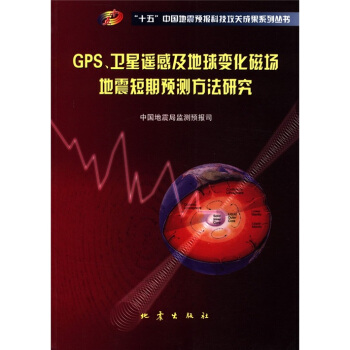
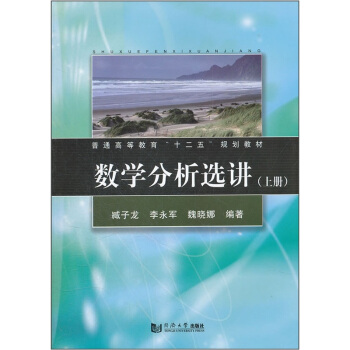
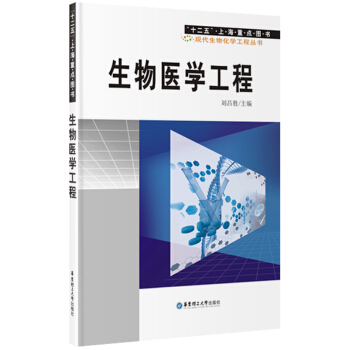
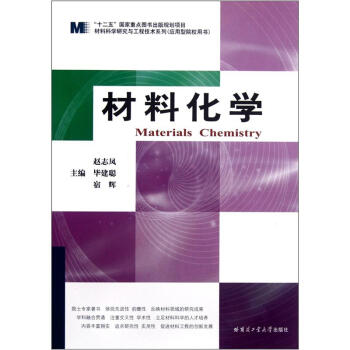

![固態磁性導論 [Magnetism in the Solid State An Introduction] pdf epub mobi 電子書 下載](https://pic.tinynews.org/11142976/rBEHZVDH9-YIAAAAAAe_uh8RmIUAADO5gJh8TUAB7_S314.jpg)
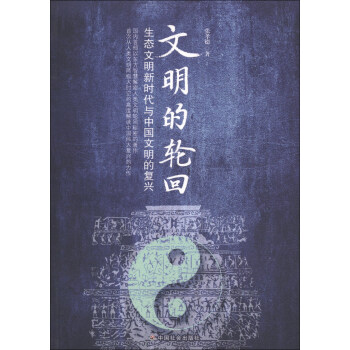
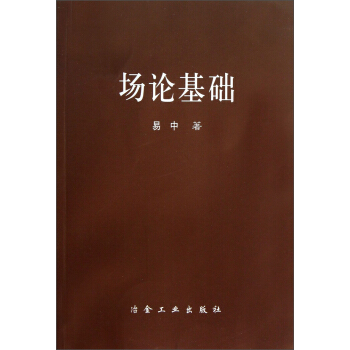



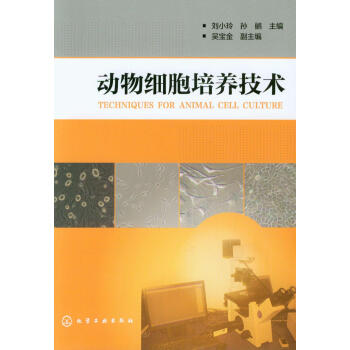
![沉積盆地分析基礎/普通高等教育“十一五”國傢級規劃教材 [Principles of Sedimentary Basin Analysis] pdf epub mobi 電子書 下載](https://pic.tinynews.org/11365290/rBEhWlKiuaAIAAAAAA2BAdiv31gAAGdvwMN2pYADYEZ348.jpg)
![高分辨率微波成像 [High Resolution Microwave Imaging] pdf epub mobi 電子書 下載](https://pic.tinynews.org/11388018/rBEhU1LoXZcIAAAAAAJTbOxyyQQAAIRSQIkEgkAAlOE746.jpg)
![全球氣候變化談判曆程與焦點 [The Focuses and Process of Global Climate Change Negotiations] pdf epub mobi 電子書 下載](https://pic.tinynews.org/11393377/rBEhUlLoXaIIAAAAAAIiIx-tM9AAAIRSgCjj5UAAiI7429.jpg)

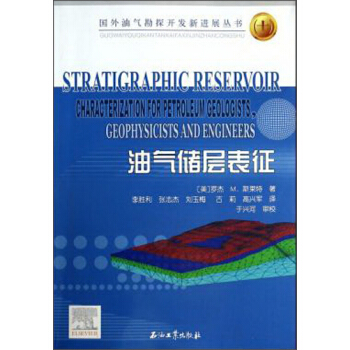

![塞伯格-威頓方程及其在光滑四流形拓撲中的應用(英文版) [The Seiberg-Witten Equations and Applications to the Topology of Smooth Four-Manifolds] pdf epub mobi 電子書 下載](https://pic.tinynews.org/11419294/rBEhVVMfqukIAAAAAAI7VIsuBrcAAKAVgE0p_EAAjts223.jpg)
